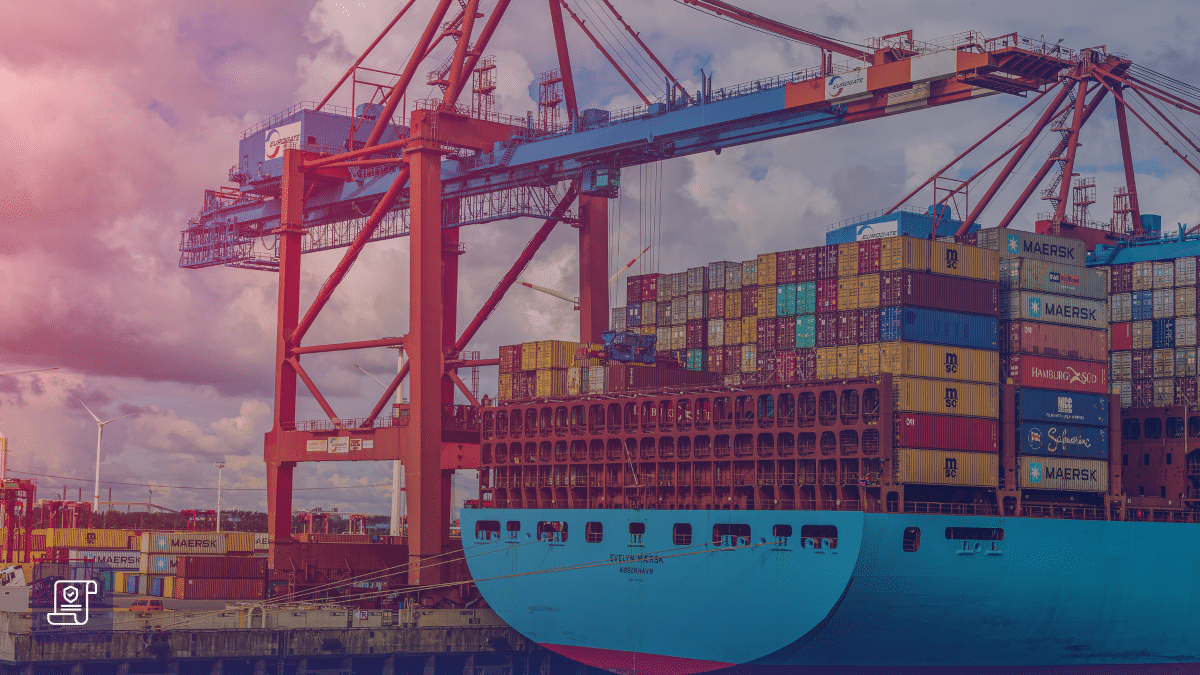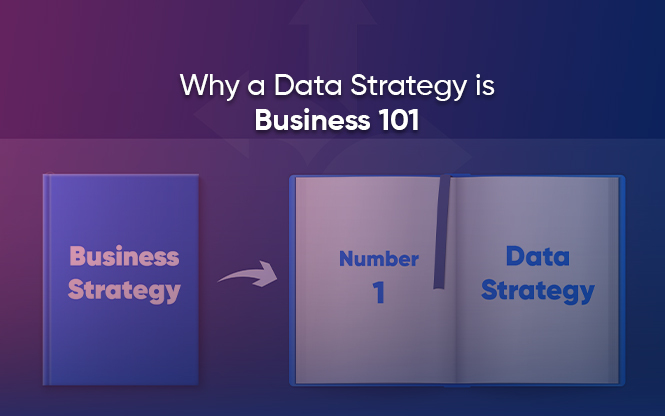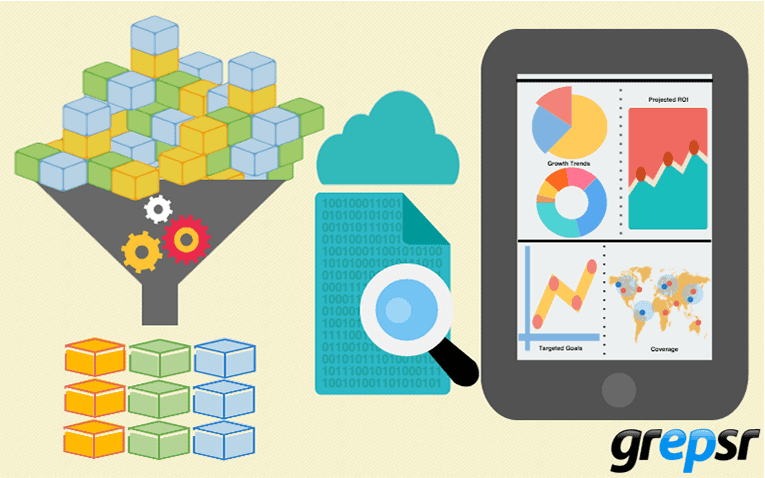Digital Technology and Rediscovery of Geography
A substantial amount of data that Grepsr processes and provides to its business partners worldwide contains location-specific information. According to IDC, an American data research firm, 80% of data collected by organizations has location element, and according to ABI Research, location analytics market will rise up to $9 billion by 2016.
Apart from Grepsr, there are a number web-based companies—ESRI, SAP, Centigon Solutions, Spatial Point, Galigeo, MomentFeed, Sense Networks etc.—fully devoted to locating, collecting and managing spatial data, or providing location analytics services.
These days, almost all mobile operating systems and apps run with built-in location sensors. Social media sites encourage the users to enable GPS tracking, and take advantages of location-related features like check-ins and geotagging. Highlighting the location information in pictures with augmented reality and 3D visualization have become a commonplace in mobile apps and social media.
It seems as if a new renaissance of digital cartography is taking place around the world, and location has been brought back to the center of everything.
So, why has location become so important like never before?
The reasons have much to do with the growing significance of big data, visualization, and analytics in business. In the age of big data, analytics has begun to occupy the central space in decision making and has become something like a ‘theory of everything’ in business.
The values of big data analytics in business analytics and that of location analytics in big data analytics are becoming more and more obvious. There is no turning back from the big data superhighway in which location analytics works as a navigator.
Location Analytics in Action
In December 05, 2012, Howard D. Schultz, president and CEO of Starbucks Corporation, announced that Starbucks had reformed its data analytics strategy, and had achieved major successes “as a result of the demography, the data, the science and the experience.”
Assured by the successful experimentation of the location-related data, Mr. Schultz further claimed, “Now I could spin around the globe and isolate many countries where we have opportunities.”
In fact, Starbucks is not the first—nor the only–company to understand and harness the opportunities location-related data and location analytics have unveiled. Many companies today heavily rely on location-specific data and analytics for leveraging their profits and for maintaining their competitive edge. FedEx Crop. and Wal-Mart Inc. are the forerunners in this area.
It is estimated that about 51% of the Fortune 500 companies have begun using Google Analytics, and an equal number companies depend on the data-smart start-ups for for doing the job. Even the mid-size companies have now begun to follow suit.
According to David Fogarty and Peter C. Bell, “By the turn of the 21st century, the birth of the analytics BPO was firmly established. A number of well-known Fortune 500 companies outsource and offshore at least some of their analytics.”
Business Implications of Location Analytics
There is a direct and strong correlation between the businesses and their locations. A good choice of location and effective marketing strategies based on the distinct realities of the location are the key to success in business.
As a data service start-up, Grepsr gets data-related jobs of aggregating, processing, and managing data about the physical addresses and geographical locations of business chains and retailers and the demographic distribution of certain areas from both Fortune 500 and mid-size companies around the world.
For us, it is a tangible sign of the growing role of location analytics in business intelligence. As a core analytics, location analytics has a number of implications. The major implications are:
- Getting a Better Sense of the Place – The fact is businesses never had a powerful tool like location analytics in their disposal that has now helped them to gather a vast amount of data of a place and its demography, its cultural milieus and consumer habits, the business that are already operating in the area and the opportunities available to the newcomers.
- Mapping and Visualization – Today, companies have the benefits of visualizing a vast amount of data in graphs, charts, and interactive maps and take quick decisions based on the findings. With location-related data and analytics at hand, opening a business in a new location no longer feels like going on a blind dating. Instead, with predictive analytics, businesses can tell what the outcomes would be like.
- Connecting with the Customers – Internet and advanced geospatial technologies have significantly improved the business capabilities of the companies in many fronts. With data and information, now businesses have better idea who their customers are and where they are. This knowledge has helped the businesses to become more proactive and to reach out to the customers and influence them through advertising and other customized services.
- Knowing the Competition – Likewise, location Analytics has also become an important tool for better understanding the competitors in the market. By converting the subtle nuances of data into visualized information, it helps them to identify who the competitors are, how they are distributed across a location, and what strategies are working in their advantage.
In a nutshell, location analytics has become an indispensable tool for business owners to understand the underlying dynamics and specificities of a place in relation to marketing.
Related reads:

























